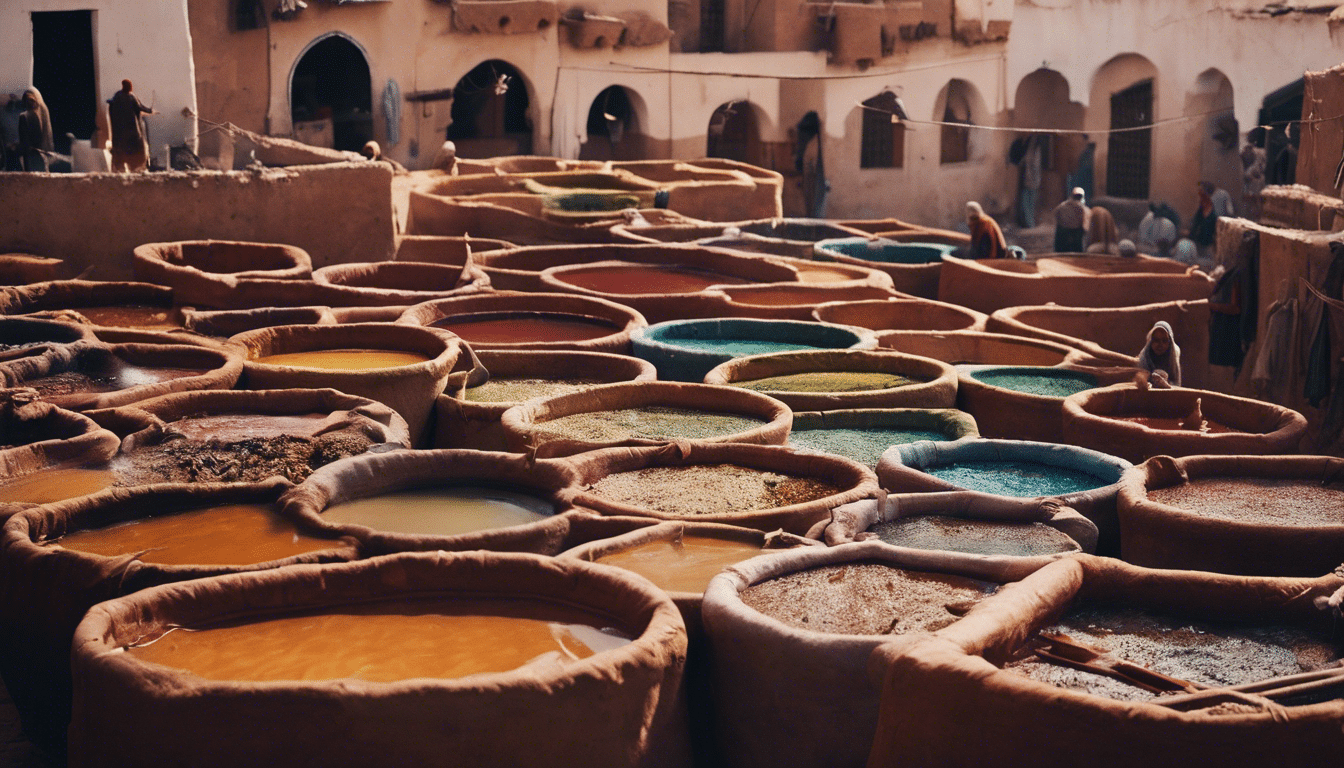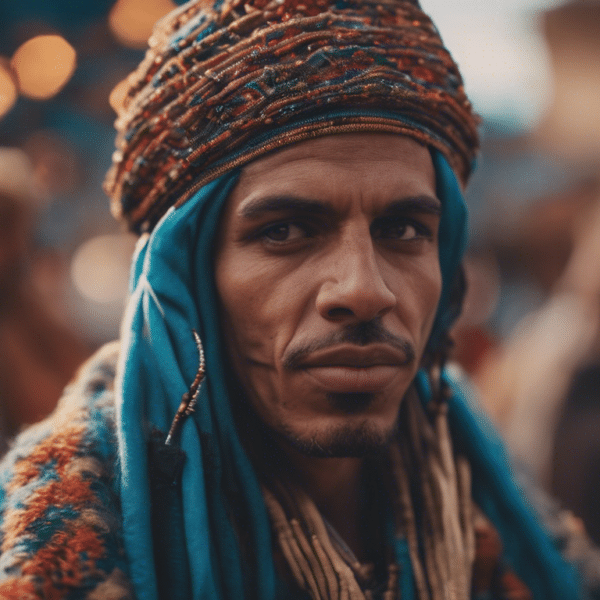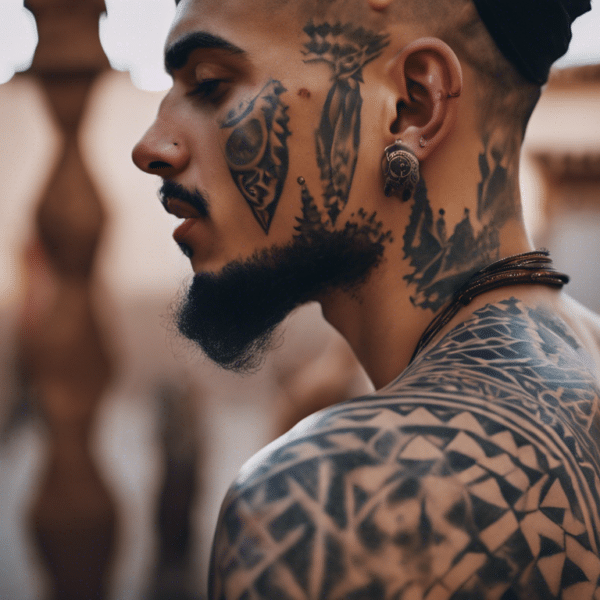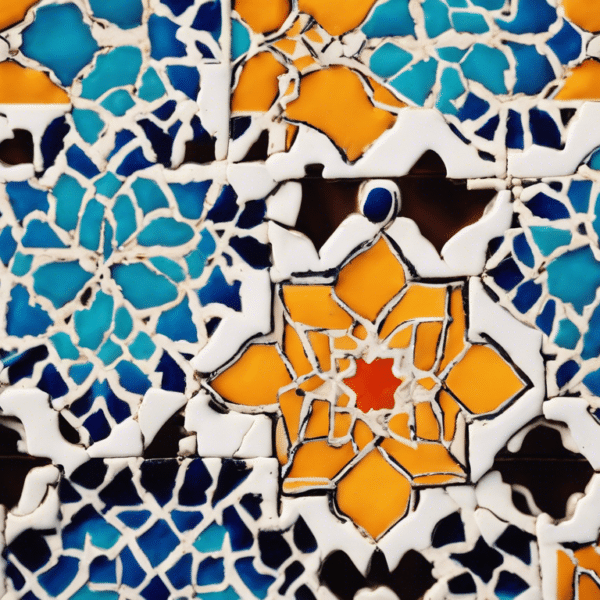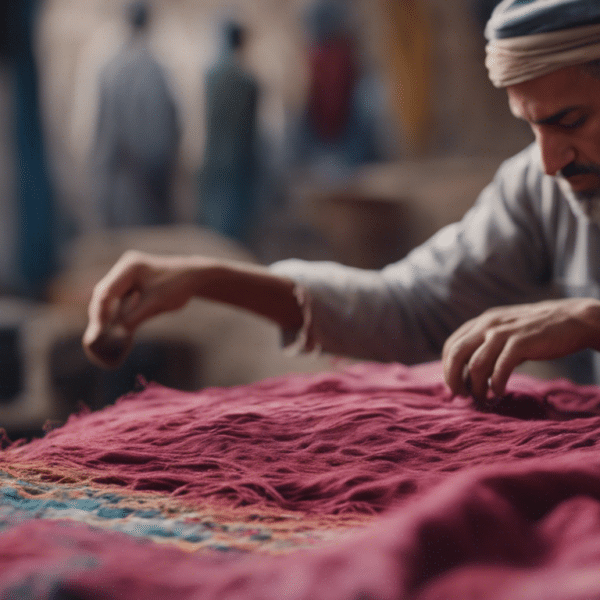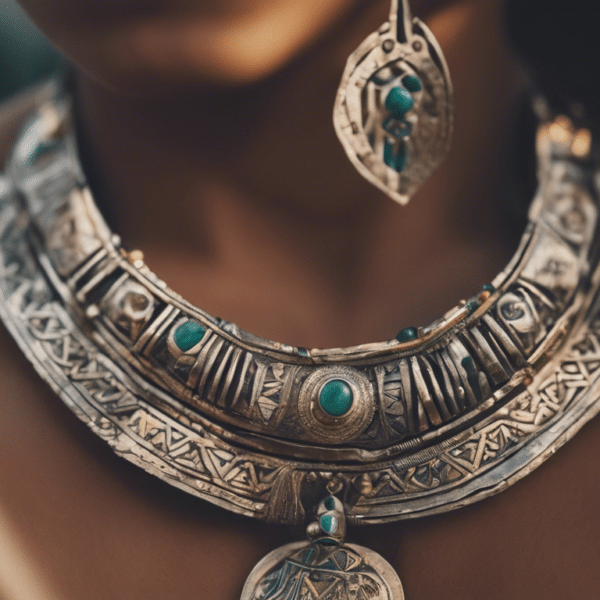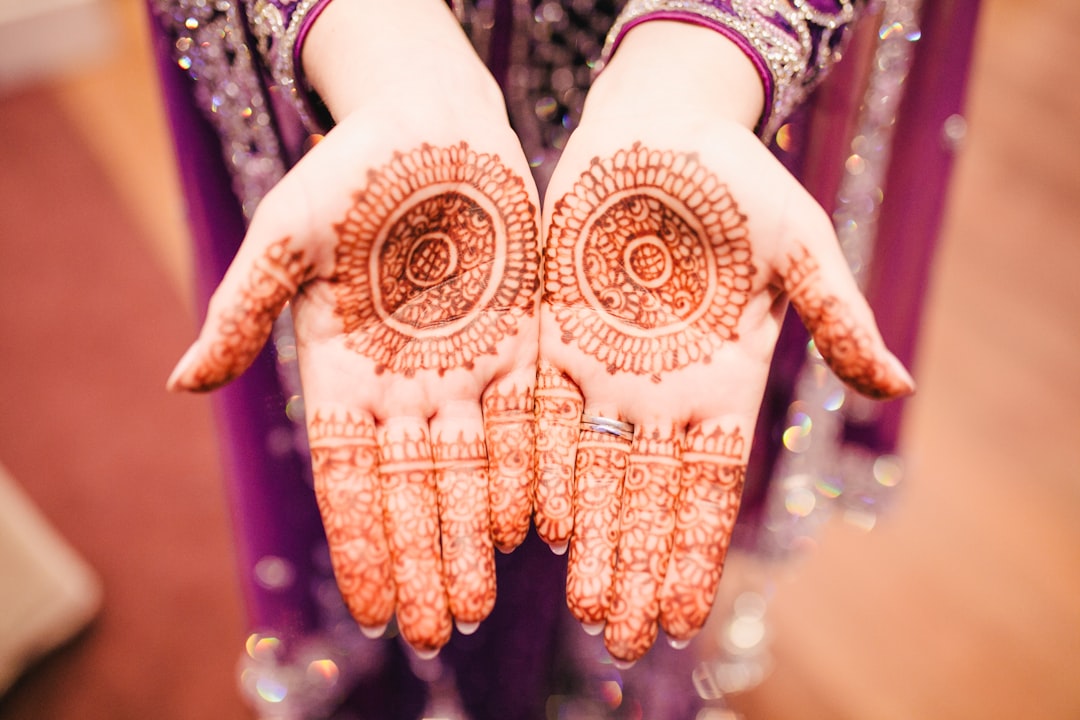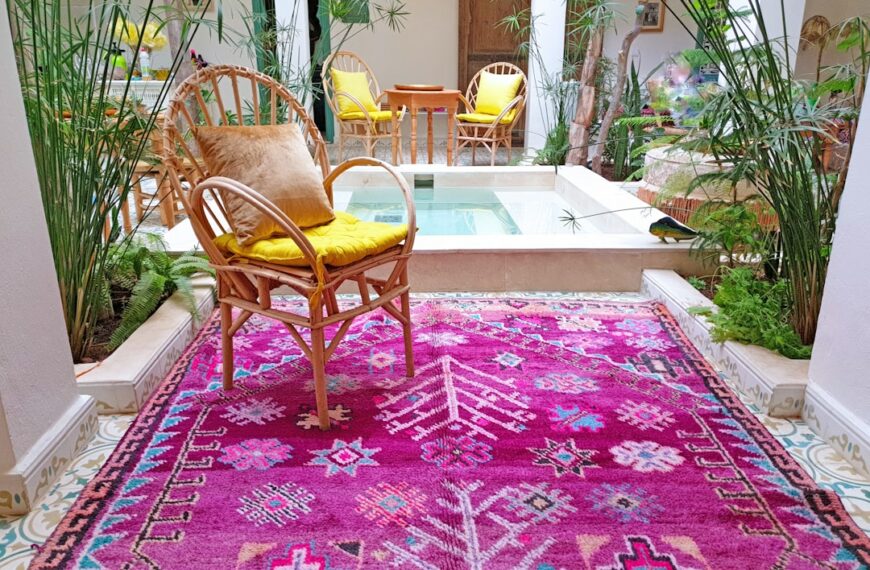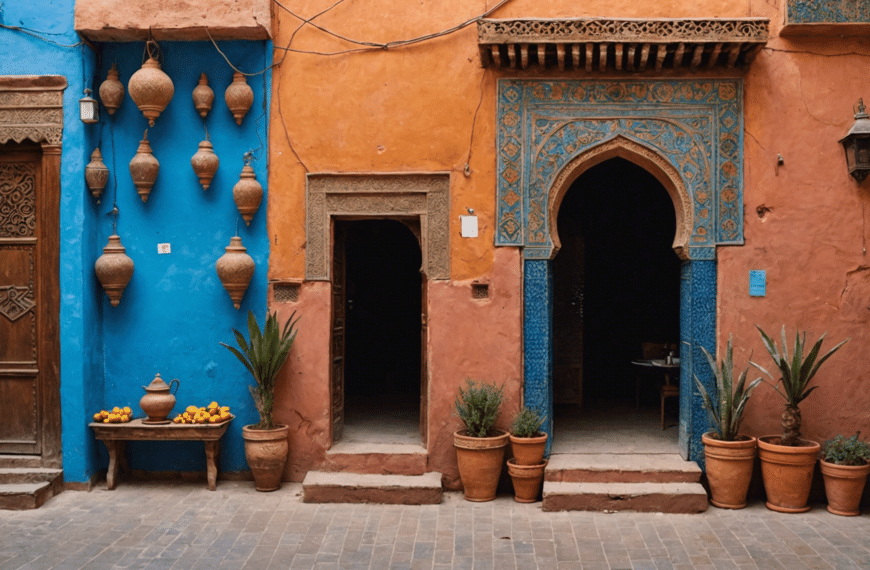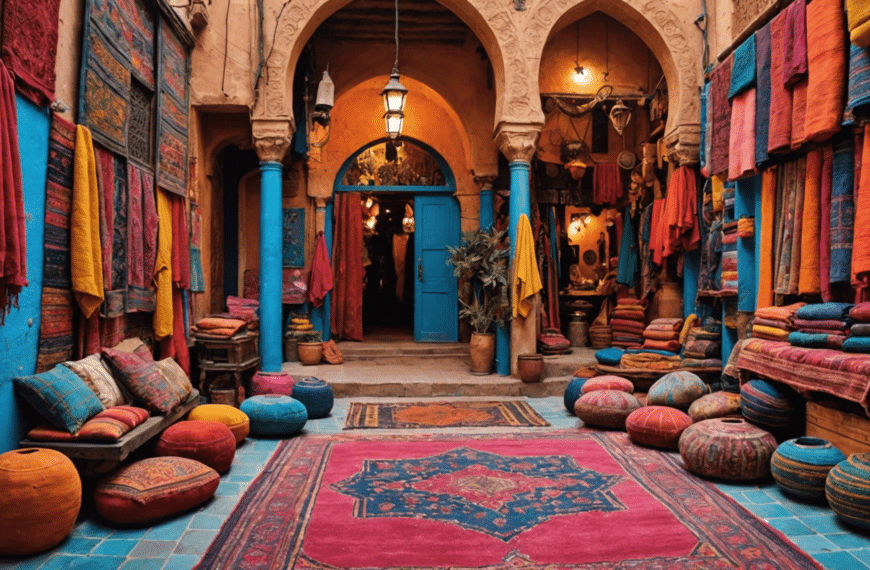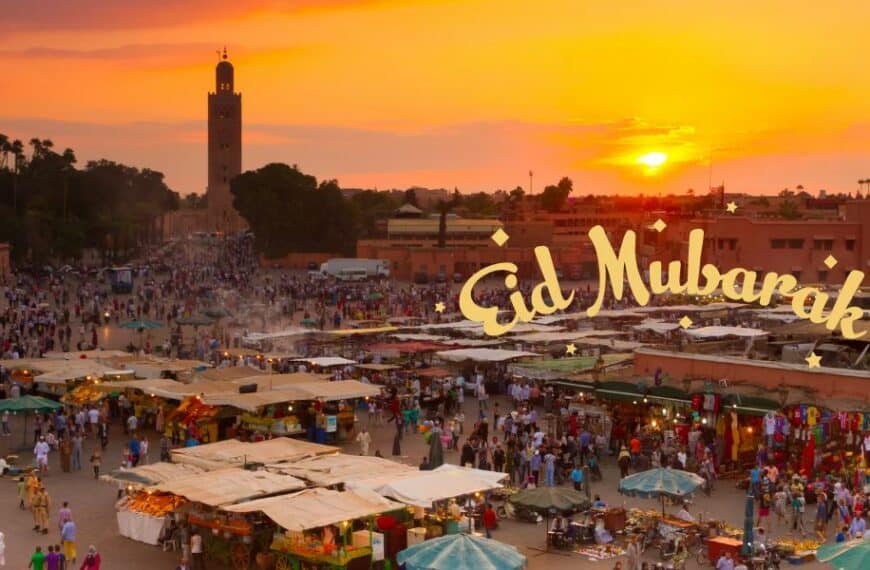Ah, the enchantment of Moroccan tanneries! Venture with me on a journey into a world where ancient traditions meet raw beauty, a place where each step carries the weight of centuries. Here, leather earns its character through an ancestral dance of sun, water, and natural dyes, revealing that behind every crafted piece lies an artist’s soul. This isn’t merely a craft; it’s a poignant art form, waiting to unfurl its secrets. Let’s unravel the mystique of Moroccan tanneries together, shall we?
Unveiling the Charm of Moroccan Tanneries
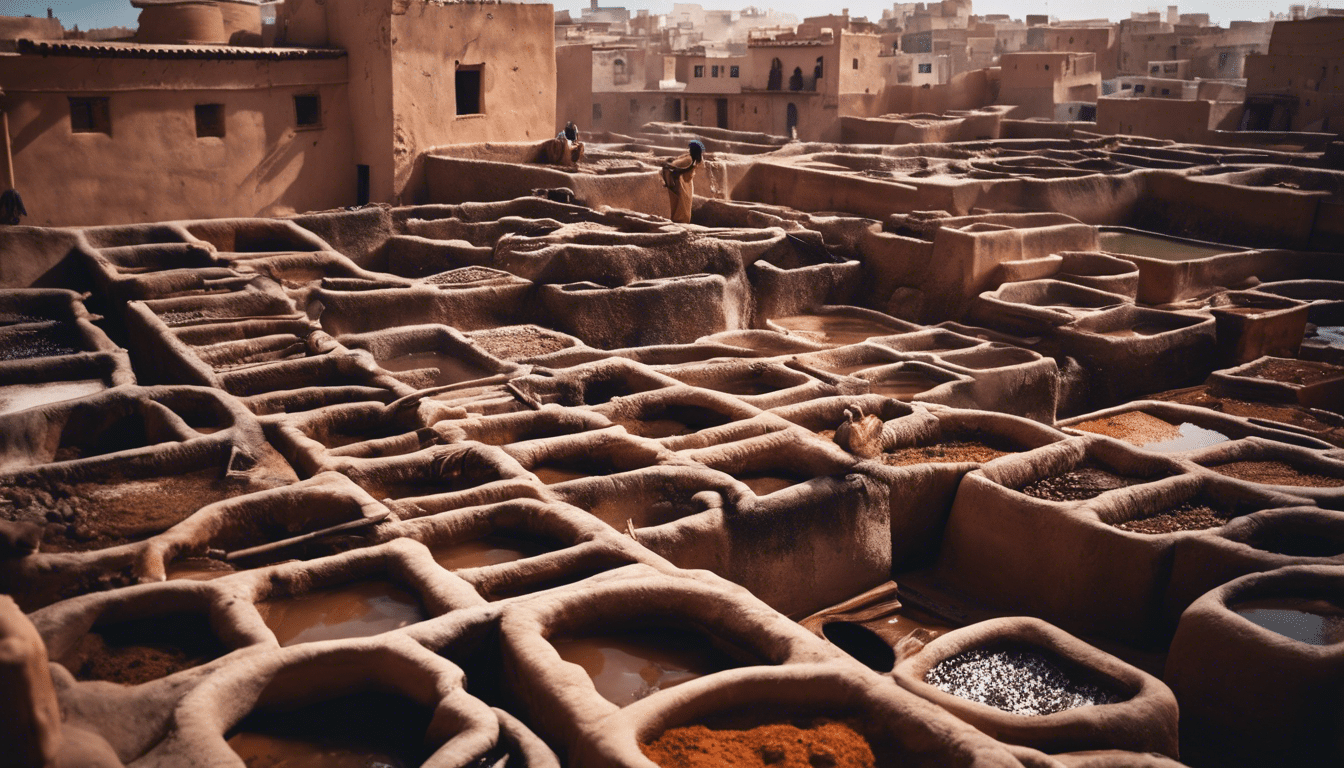
Moroccan Tanneries: Unveiling the Charm of Moroccan Tanneries
Nestled within the labyrinthine streets of Moroccan cities like Fez and Marrakech, the ancient tanneries reveal a world where tradition and craftsmanship converge in a vibrant spectacle of color and activity. As one weaves through the buzzing medina, the air is tinged with the distinct aroma of leather in the making—a hallmark of the Moroccan tanneries. Here, time appears to stand still; men, ankle-deep in dye-filled vats, diligently transform raw hides into beautiful, supple leather with an age-old technique passed down through generations.
The Essence of Moroccan Craftsmanship
At the heart of these tanneries lies an unchanging dedication to an age-old craft. Upon glimpsing the artisans at work, one can’t help but be transported back through centuries when these techniques were first honed. The process is arduous and demands a high level of skill and patience. From the initial cleaning to the sun-soaked drying processes, each step is crucial in ensuring the quality and durability of the leather products that will eventually make their way to local souks and international markets alike.
A Dance of Colors and Textures
The most captivating aspect, perhaps, is the kaleidoscope of colors that swathes the tanneries—deep indigos, warm saffrons, and vivid crimsons, all derived from natural sources like poppy flowers, indigo, and henna. These natural dyes not only ensure a rich palette but also contribute to the leather’s unique tactile feel—a characteristic highly prized by connoisseurs. As these artisans work, one observes a dance of textures unfolding; the transformation from coarse hide to elegant, soft leather is nothing short of magical.
Eco-conscious and Timeless Tradition
Sustainability has always been a part of the tanneries’ ethos. Rooted in resourcefulness, reused water channels and eco-friendly, natural dyes from pomegranate skins and mimosa flowers emphasize a respect for the environment that is both traditional and remarkably forward-thinking. What’s more, this commitment to eco-conscious practices ensures that each piece of Moroccan leather tells not only a story of its own creation but also of a harmonious coexistence with nature.
A Glimpse Behind the Scenes
For the curious visitor, many tanneries offer guided tours that allow an up-close experience of the meticulous art. From the initial sorting of hides to the final polishes of the finished leather products, visitors embark on an educational journey through the heart of Moroccan craft culture. It is here that one gains an appreciation for the intricacy and labor involved, a testament to the resilience of this enduring art form.
Capturing the Imagination
Beyond its practical purposes, the leather produced in these tanneries ignites the imagination, inspiring designers, artists, and travelers alike. It’s not simply about the products that are created, be they ornate bags, supple slippers, or intricate bound journals; it’s about the narrative intertwined with every stitch, every dye, and every sale. Moroccan tanneries are conduits of stories, crossing borders and building bridges between Morocco and those who cherish its traditions and craftsmanship.
In an era where machine-made goods and mass production are commonplace, the Moroccan tanneries stand as bastions of human heritage and artisanal pride. Each visit, each purchase, supports not just a local economy but the very fabric of Moroccan identity—one where the charm of human touch prevails over the soullessness of machines. Unveiling the charm of Moroccan tanneries is a journey into the heart of Morocco’s vibrant legacy—a journey that beckons to both the traveler and the artisan soul within us all.
The Historical Roots of Moroccan Leather Crafting
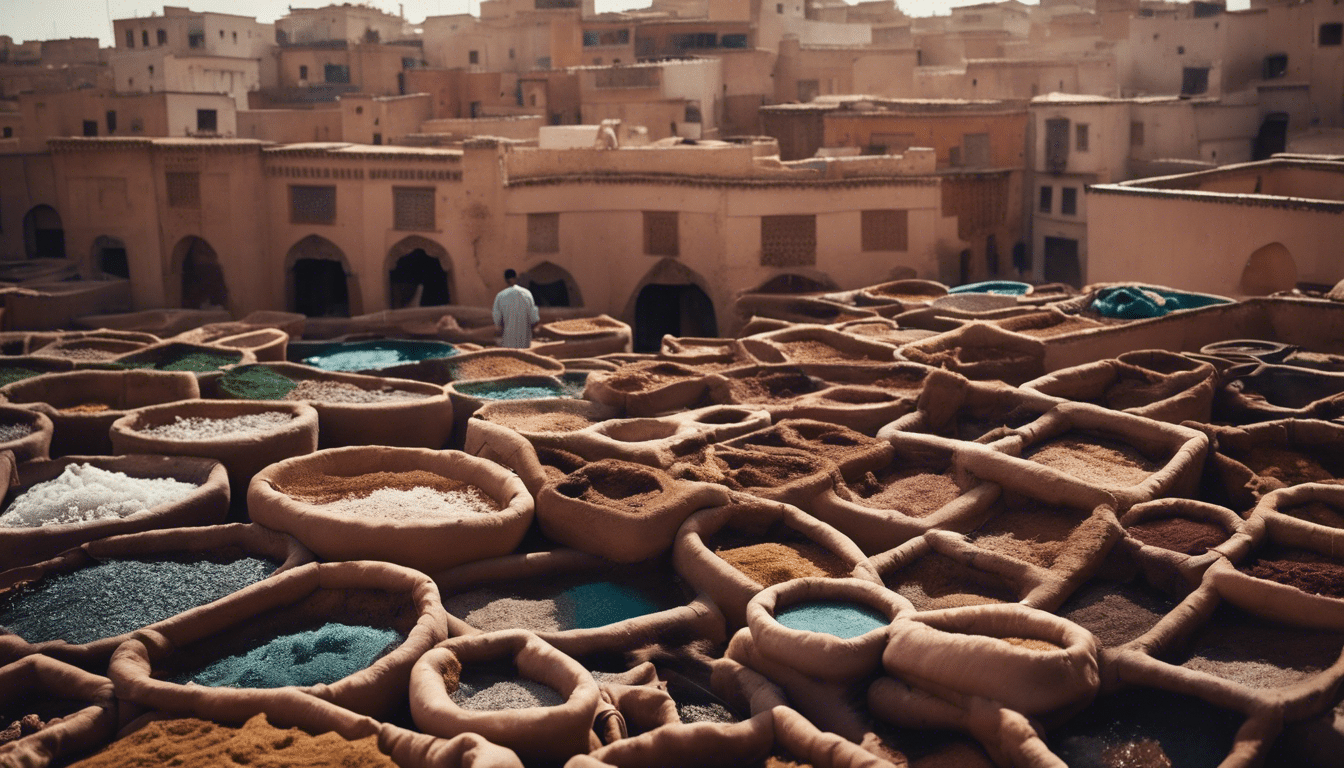
Moroccan Tanneries: The Historical Roots of Moroccan Leather Crafting
Nestled amidst the vibrant hustle of Moroccan markets, the historical tanneries stand as vivid testaments to a storied past that permeates into the present. The strong scent of dyes and the vivid hues of stretched leathers ignite the senses, providing but a glimpse into the artisanal heart of Morocco. For centuries, the Moroccan tanneries have been the cornerstone of an ancient tradition, one that has shaped the very essence of Morocco’s cultural heritage.
The tradition of leather tanning in Morocco dates back to medieval times, a skill passed down through generations that has withstood the sands of time. Fes and Marrakech, cities renowned for their historical tanneries, thrum with artisans dedicated to preserving these ancestral techniques. The art of transforming rawhides into supple leather involves natural ingredients like poppy, saffron, henna, and cedar wood, crafting leather goods renowned worldwide.
The Process of Leather Crafting
Delving deeper into the labor-intensive process behind Moroccan leather reveals the meticulous care and patience ingrained in this craft. It begins with the rawhides, often from cattle or sheep, soaked in vats to cleanse and prepare them. The hides are then transferred to other vats, containing a specialized mixture of natural tanning agents, such as pigeon droppings and quicklime. It’s in these earthen pots where the magic transpires, turning the hides into a canvas of possibilities.
Artisans, enveloped in history, deftly maneuver through the tanneries, showcasing processes largely unchanged since their inception. They dye the leather using natural ingredients, giving rise to the vibrant colors that seduce the eyes of all who wander through the souks. The dyed leathers are then dried under the Moroccan sun, completing their metamorphosis.
Legacy and Craftsmanship
The prestige of Moroccan leather is not solely due to its captivating appearance. It speaks volumes about the skill and ingenuity of its craftsmen. Each piece of leather tells a story of resilience, of a lineage of artisans who have dedicated their lives to mastering their craft. Even in today’s era of mass production, Moroccan tanneries remain a bastion for hand-made quality, each stitch a narrative of dedication and artistry.
Moreover, the eco-conscious methods ingrained within traditional Moroccan leather crafting resonate with contemporary values of sustainability. These practices, relying heavily on natural resources and materials, embody an environmental ethos that predates modern movements.
Sustaining Tradition in a Modern World
The challenge now lies in preserving this heritage amidst ever-evolving technology and industry. While the advent of modern techniques offers convenience and speed, it is the old ways of the Moroccan tanners that possess an unrivaled depth of character. This is why initiatives to protect and sustain these historic practices are crucial, ensuring that the legacy of Moroccan leather crafting continues to captivate and inspire future generations.
The allure of Moroccan tanneries extends beyond their visual appeal. They are a sanctuary of historical continuity, an emblem of a nation’s identity, and a treasure trove of knowledge for those yearning to connect with the past. In these tanneries, the soul of Morocco is imprinted upon every piece of leather, waiting to be discovered and cherished by those who value art and heritage.
Tanneries of Morocco: A Symphony of Scent and Color
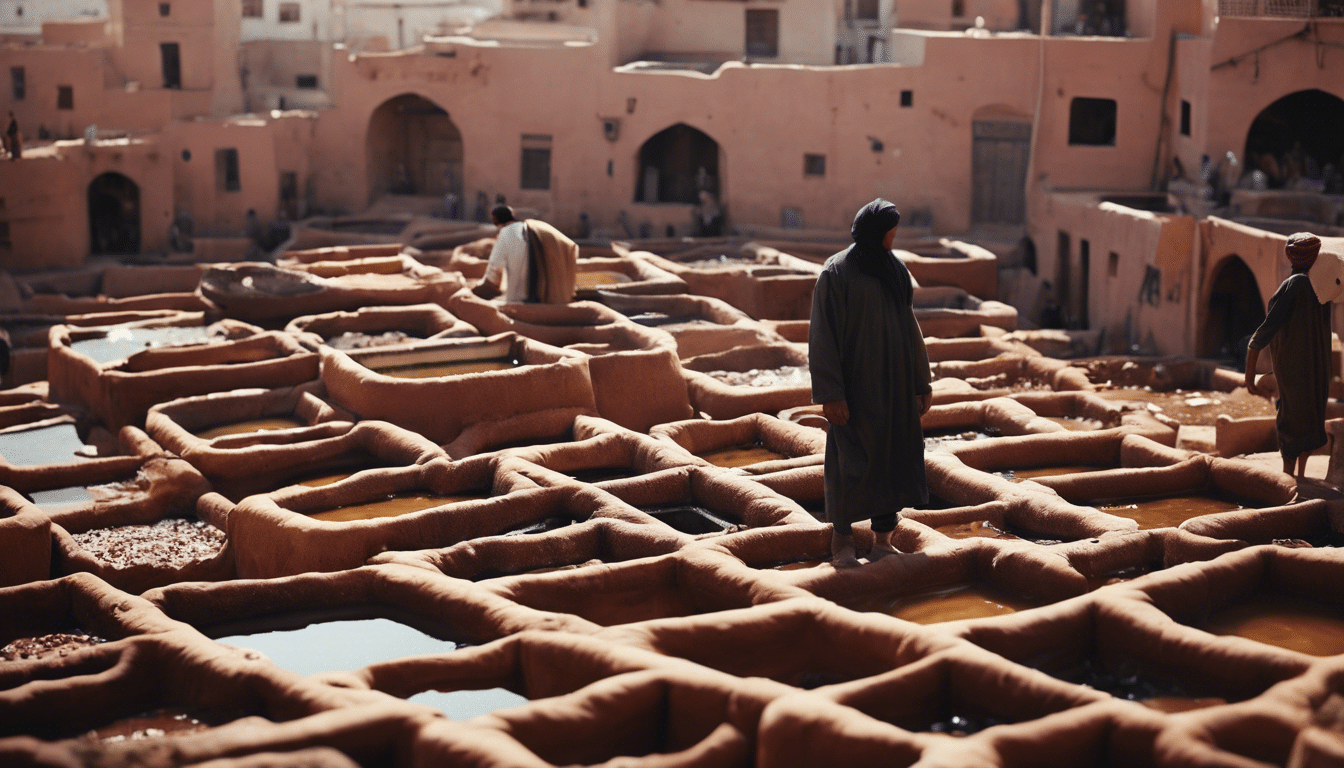
Moroccan Tanneries: A Journey Through Tradition
As I meander down the narrow, labyrinthine lanes of the ancient medina, my senses are instantly awakened. The pungent aroma of tanning leather mingles with the heady scents of natural dye as I edge ever closer to one of the most vibrant and enduring symbols of Moroccan craftsmanship – the tanneries. The traditional Moroccan tanneries are not just workplaces but stages where a symphony of scent and color comes to life, creating a spectacle that has survived the onslaught of time.
The art of leather tanning in Morocco is a story steeped in history, one that echoes the nation’s rich cultural tapestry. Today, these tanneries, particularly those in cities like Fez and Marrakech, continue to epitomize the beauty of Moroccan traditions, with artisans dutifully preserving the ancestral techniques. It is in these bustling workshops that the transformation of raw hides into beautifully dyed leather unfolds before your eyes.
The Essence of a Dyeing Art
Venture a little closer, and the countless vats come into view, filled to the brim with vibrant natural dyes – from the bold indigo to the fiery red of poppy and the deep earthiness of henna. Each vat is a cauldron wherein the magic of color is born. The leather pieces, having undergone a rigorous cleansing process, are submerged and soaked in these hues, absorbing the essence of Morocco itself.
The tanneries of Morocco are not just a feast for the eyes, but a testament to the nation’s relationship with nature. The dyes utilized are sourced from the bounty of the land – saffron for yellow, mint for green, and pomegranate for a hint of gold. This palette of the earth is what makes every piece of Moroccan leather truly distinct and rich in character.
The Craftsmen at Work: A Choreography of Skill
What’s truly mesmerizing is the dance of the tanners, a choreography perfected over centuries. With deftness and precision, the craftsmen move from vat to vat, their hands and arms colored testimony to their toil. They work with synchrony and unwavering focus, their skill a bridge between the present and the ancestral wisdom of their forebears.
To witness these artisans at work is to see the confluence of strength and delicacy. Their hardy frames belie the gentle care with which they treat each piece of leather, ensuring that the end product is not just durable, but also carries the hallmark of Moroccan artistry.
From Raw to Refined: The Tannery Process
The journey of leather within these walls is one of transformation. It begins with the raw hides being soaked in a mixture of water and natural materials such as cow urine, quicklime, salt, and pigeon droppings, which help to clean and soften the leather. Then comes the dying process, where the softened hides are introduced to the colorful world of the tannery’s vats.
After being dyed, the leather is laid out to dry under the Moroccan sun, forming a canvas of colors across the rooftops of the tanneries. Here, the leather develops its resilience, bathed in the warmth of the day, preparing for its final phase where it will be cut, shaped, and crafted into a myriad of products from bags and shoes to the iconic Moroccan poufs.
Embracing the Legacy of Moroccan Leather
The allure of the Moroccan tanneries lies not just in the sensory explosion they provide but in the story they tell of Morocco’s commitment to tradition. Each visit to the tanneries is a reminder of the country’s unique artisanal identity, one where time-honored techniques are passed down from generation to generation.
The tannery experience is a must for any cultural explorer or enthusiast of authentic craftsmanship. It’s a vital part of understanding Morocco’s past and present, a living heritage that continues to thrive against the backdrop of a rapidly modernizing world.
In the vast symphony of scent and color that is Morocco, the tanneries stand out as a powerful movement, a crescendo of culture that echoes through the narrow streets of the medinas to tell the tale of a nation’s age-old love affair with leather.

